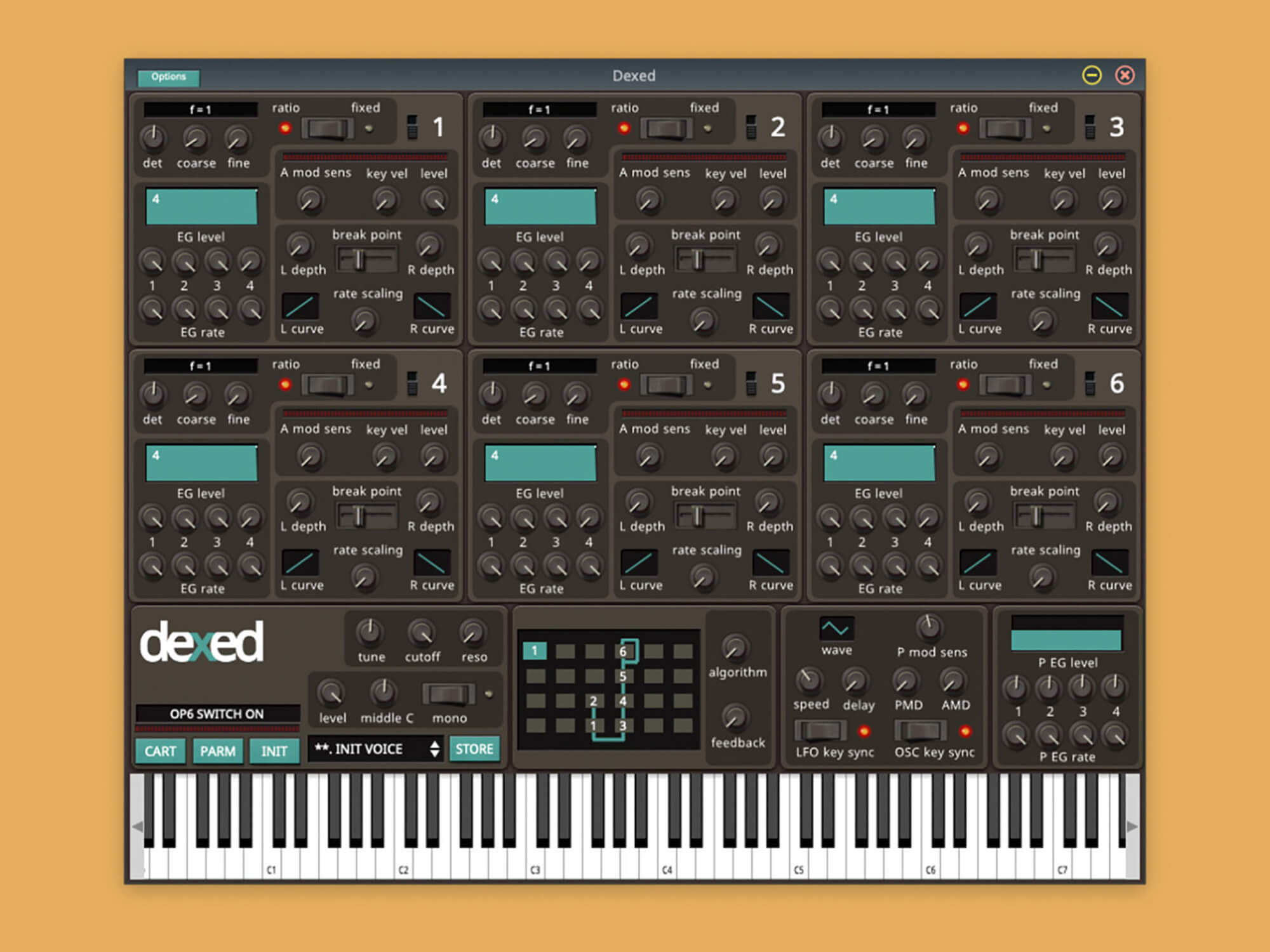

The DX7 was succeeded by FM synthesizers including the DX1, DX5, DX9, DX11, DX21, DX27 and DX100.īy the mid-20th century, frequency modulation (FM), a means of carrying sound, had been understood for decades and was widely used to broadcast radio transmissions. Producer Brian Eno mastered the programming and it was instrumental to his work in ambient music. Its electric piano sound was particularly widely used, especially in power ballads. However, its preset sounds became staples of 1980s pop music, used by artists including A-ha, Kenny Loggins, Kool & the Gang, Whitney Houston, Chicago, Phil Collins, Luther Vandross, and Billy Ocean. With its complex menus and lack of conventional controls, few learned to program the DX7 in depth. Yamaha licensed the technology to create the DX7, combining it with very-large-scale integration chips to lower manufacturing costs. FM synthesis created brighter, "glassier" sounds, and could better imitate acoustic sounds such as brass. FM synthesis, a means of generating sounds via frequency modulation, was developed by John Chowning at Stanford University, California. In the early 1980s, the synthesizer market was dominated by analog synthesizers. It was the first successful digital synthesizer and is one of the best-selling synthesizers in history, selling over 200,000 units. The Yamaha DX7 is a synthesizer manufactured by the Yamaha Corporation from 1983 to 1989. MIDI in/out/thru, input for foot controller x2, input for foot switch x2, input for optional breath controller Digital programmable algorithm synthesizer Ħ digital sine wave operators per voice, 32 patching algorithms ġ pitch envelope & 6 amplitude generators per voiceģ2 patches in RAM (battery backup) front panel ROM/RAM cartridge port


 0 kommentar(er)
0 kommentar(er)
